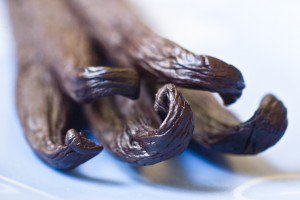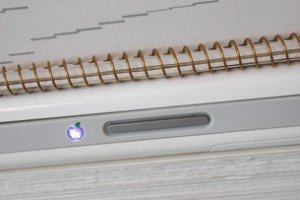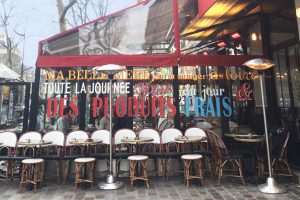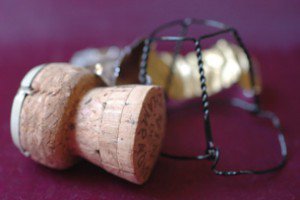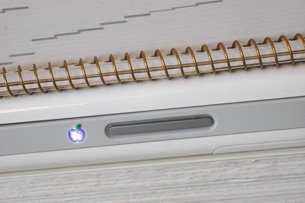
This is Episode IV of my Book Update series, in which I share some behind-the-scenes aspects of my cookbook and the writing thereof, an activity that occupies roughly 99% of my waking and sleeping thoughts. And today kids, the topic will be: food photography.
(Read the first three installments of the series, dealing with the book deal, the recipes, and the recipe testing.)
I never really considered hiring someone else to take care of the photography, even in the early days of the project, when I was putting together the basic elements for the book proposal. Oh, I certainly don’t fancy myself a professional photographer, not by a very long shot (haha), but here’s the thing: I got into the whole food writing thing through this blog, and I feel that the pictures play an important part in conveying my excitement — just as much as the story or the recipe itself. And this is an approach I wanted to keep for the book.
The proposal said, “photography by the author”, and no one seemed to have any objection, or think me self-deluded. My personal wish was that we could include full-color photos throughout the book, but life and production costs decided otherwise, and the book will have some full-color, and some black-and-white pictures — the upside being that the price of the book will be lower, allowing more people with smaller budgets to purchase it and finance my early retirement in Bora-Bora.
And so I bought myself a new camera and a macro lens, and started shooting. The first few weeks of using that camera made me cry tears of intense frustration — but then again I cry easily — with a bit of swearing thrown in for variety. The colors were all wrong, the body was heavy and my wrists would cramp, I couldn’t understand what on earth all those stupid little settings were for and why my pictures looked so sad and crappy, and what do you mean I should read the manual, I don’t do manuals.
Thankfully, with a bit of time and patience and explanations from Maxence, I learned how to tame the camera (most likely it’s the other way around), and the pictures gradually got better.
The way I work is this: everytime I test a recipe, I shoot the picture right afterwards. This saves some time — if the recipe is successful the first time around, I don’t always need to make it again — but it is a bit more work-intensive too, since I need to pay as much attention to the flavor and composition of the dish, as to its presentation and staging.
I take the pictures in my living-room, in natural light close to the window, with a mini-tripod for stability. The light conditions became a bit of a problem in late fall, when our building underwent a facelift. In addition to the racket and clatter and shouting — such peaceful working conditions — this caused our windows to be obscured by scaffolding and a lovely plastic tarpaulin for three months. But that came and went, and now that the days are brighter and sunnier, it all feels much easier.
I generally prepare the dish in late morning, so I can benefit from the most daylight as I take the pictures (well over eighty in most cases, I seem to be a copious photographer), and enjoy the fruits of my labor for lunch afterwards, after any necessary reheating.
At first I had a tendency to rush things a bit — or perhaps I was just too hungry — but over time I have learned to give more forethought to the staging, trying to decide what background and props will best complement the recipe in terms of color and ambience.
For the backgrounds, I use large sheets of paper in different colors and textures, or different kinds of fabric I have bought here and there, from the Marché St-Pierre in particular. As for props, I use a lot of my own dinnerware, but I have taken to buying extra pieces when they catch my eye in home and decoration stores, thus broadening my choice of styling accessories.
What I am probably most happy about is that after all these months of practice, I feel much more at ease taking these pictures: I feel like I know (more or less) what I’m doing, and more importantly, I like the results much better than when I started out. As a result, there are about two dozens of my early shots that I will scratch and snap again, because they look so horrid to me now. Of course I still have loads to learn and I have just explored a tiny tip of the iceberg, but at least it’s a tip I’m comfortable on, and it’s not so slippery anymore.
And yet I have to say that the photography is undoubtedly the part that causes me the most anxiety. I am well aware that taking pictures for a website is quite different from producing book-worthy photography, and I know the result won’t look as polished and perfect as, say, any page you might randomly pick from Donna Hay magazine. But hey, I’m doing my best, those pictures will be homemade and real, and I think I like it better that way — let’s hope my readers will, too.
[Note: It is not my intention to fish for compliments — I hope I don’t make it sound that way.]
Here are a few food photography links that I’ve found helpful:
~ Food Photography Blog,
~ Tasteful Food Photography,
~ A few tips from Heidi on eGullet (the rest of the thread has interesting stuff, too),
~ Still Life With, an inspiring blog on food photography.
And to learn by example, check out:
~ The Foodography pool on Flickr, masterminded by Sam and Andrew, in which pictures are submitted to receive constructive criticism from the group: see the fruit, dairy, and tool editions,
~ The Shutter Bug Club — same idea, but on eGullet.
And if you have other resources or tips to share about food photography, I’m always happy to hear them!



